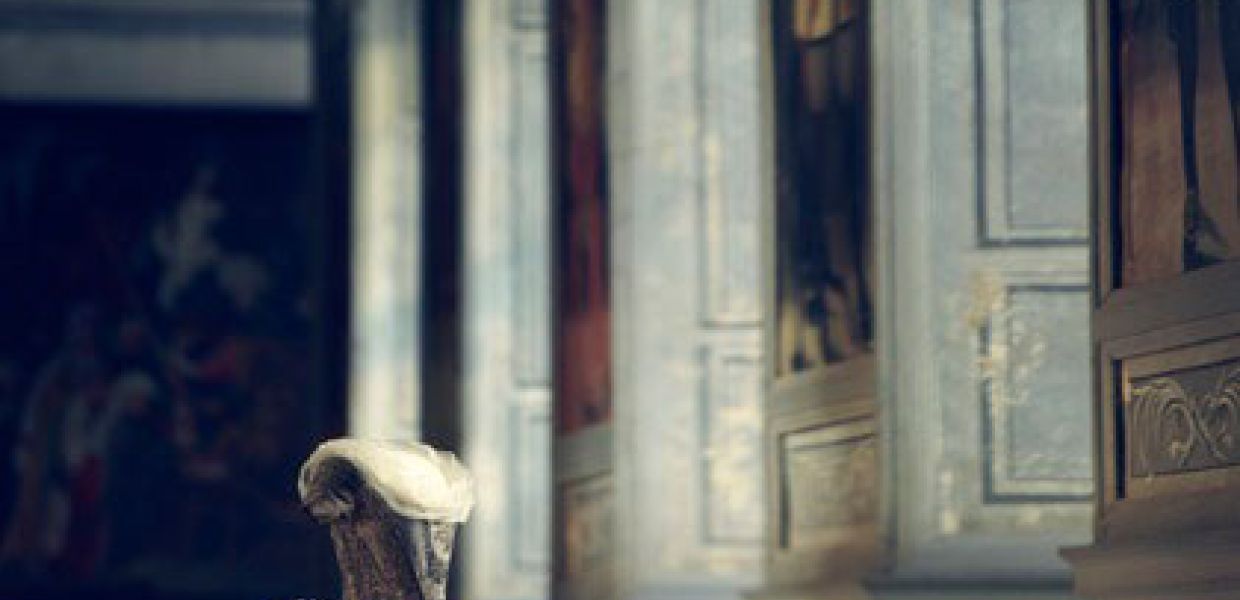Sweden’s museums aid openness of cultural heritage

This guest blog was written by Karin Nilsson, head of Department of Digital Resources at the Swedish museums The Royal Armoury, Skokloster Castle and the Hallwyl museum (LSH) in Sweden
About a year ago, we at the Swedish museums The Royal Armoury, Skokloster Castle and the Hallwyl museum (which together constitute a national agency, accountable to the Ministry of Culture) took an important step towards increased openness when we made 20,000 high-resolution images available on Wikimedia Commons. This contribution is the largest release from a Swedish museum to Wikimedia Commons and one of the largest worldwide. But more important than the number of images is the way they are put in context.
 The wedding dress of Hedvig Elisabeth Charlotte of Holstein-Gottorp worn when she married Charles XIII of Sweden on July 1774. Picture by The Royal Armoury (CC-BY-SA).
The wedding dress of Hedvig Elisabeth Charlotte of Holstein-Gottorp worn when she married Charles XIII of Sweden on July 1774. Picture by The Royal Armoury (CC-BY-SA).
The information about the images comes from a large scale export from the collection database of the museums. Many come with ample information about owners, artists and connected historical events, exhibitions or publications, all of which have been linked to Wikipedia articles.
During the past year, we have reached about 2.3 million visitors with our images, and the number keeps growing every day. Different kinds of users all over the world are replacing the lower quality copies of our collections with better, high-resolution images in different articles on Wikipedia. With this, the quality of our cultural heritage is secured.
One of the many benefits of the contribution to Wikimedia Commons is the increased reach of our images, nationally as well as internationally. The possibility of creating links between images, people and historic events enriches information about the museums’ collections. But also, the fact that anybody can edit information contributes to a fuller and better context to the images. When publishing images on Wikimedia Commons, it is essential that the images are being connected to articles on Wikipedia. We believe that two important goals for museums are to make images of good quality available, and to make sure that the information in the articles on Wikipedia is updated, in order to give us a clear perspective on history.
Since we uploaded those 20,000 images a year ago, we have continued to work with the digitisation of the collection. Despite our limited resources, we have photographed 6,000 new objects since then. Mainly of objects that we haven´t had any images of at all until now. An example is the collection of rifles that we now publish. Skokloster castle, but also the Royal Armoury have great collections of weapons from the 17th and the 18th century.

Octagonal barrel of polished steel. Picture taken by the Skokloster Castle (CC-BY-SA).
Many of those objects are located at Skokloster slott, in a museum environment, which doesn´t allow for a photo studio. Instead, we set up a station for photography a few days at a time, to minimise our disturbance of the activity in the museum. Together, we then registered metadata, photographed and registered the order of the objects. When we photograph the collections, we do it in a standardised way, with a white background, consistent metadata and with open licences. We also shoot one type of object at a time, to avoid unnecessary uninstalling and reinstalling of the photo station during the day.
Though the image itself is the main focus while exporting data to Wikimedia Commons, the information about the object and the context provided by the database are essential as well. It is through the information that the image becomes understandable and thereby fully available to he public.
At the moment - Europeana and LSH are working on a more extensive case study about the effects of opening up the collection of the Swedish institutions. We expect to publish this at the end of February so stay tuned!
